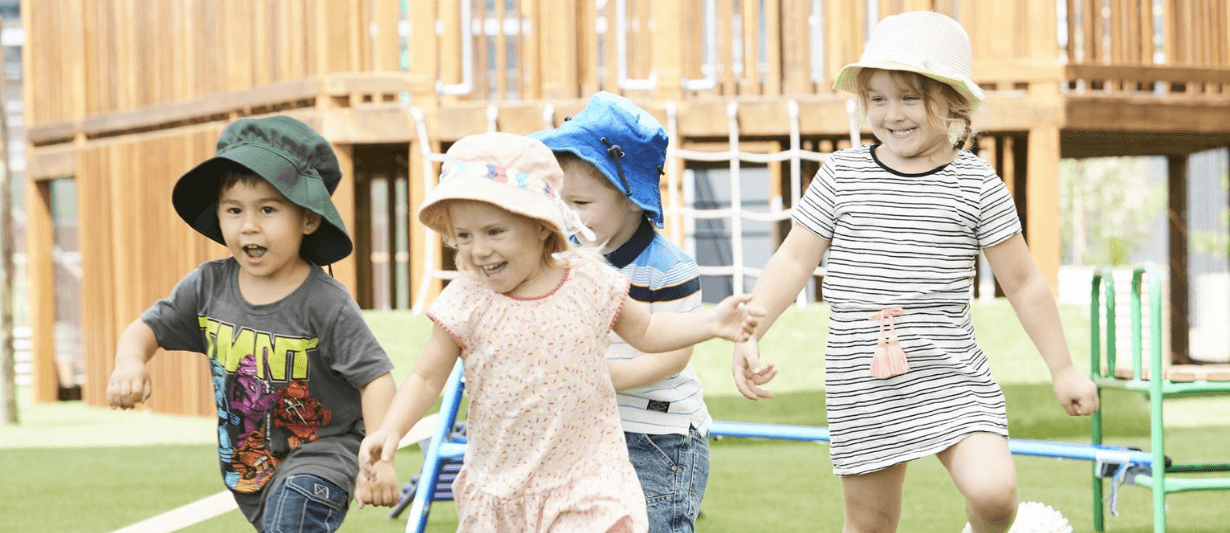Here at Guardian, safety will always be our highest priority. We are proud to be a Child Safe Organisation and we believe there is no greater responsibility caring for the safety and wellbeing of children, families, and our team.
Personal responsibility
Providing care and education for young children is an amazing privilege, and a huge responsibility. Beyond the fundamentals of safety, that everyone has a right to a safe environment to learn and work in, we need to think about preventing harm and promoting the wellbeing of children.
As a Child Safe Organisation, we leave no stone unturned when it comes to developing and implementing ways improving safety and protecting children.
Guardian Team Members are all trained to appropriately manage the various situations that can arise in a childcare setting, with strong guidelines and policies to promote safety and wellbeing.
We believe that safety should be part of our culture, inspiring how we think and act throughout each day. That starts with taking personal responsibility for health, safety, and wellbeing, and constantly reflecting on what we can each do to make our learning environments places that inspire confidence, friendship, security, and happiness.
Safety and learning
Safe workplaces are happy workplaces. Not only does a focus on safety prevent harm and injury, it supports how children learn. When a child feels safe and secure, we know they are more engaged and effective in their learning. Feeling safe also supports children as they become themselves, build confidence, and develop friendships.
For that reason, we extend our safety-first approach to not only protecting children, but to helping them learn how to be safe. We’ve developed a number of innovative tools to support children to think about safety and to take responsibility for themselves and others.
One of the ways we teach children how to be safe is by using simple words and phrases that supports them to understand what’s happening, be observant, and who to talk to if there’s something not right.
We invite them to draw pictures to show what they think could be done to make a situation safer. Like young detectives, they’re observing, thinking, and reporting what they see.
Through these fun experiences, they’ve not only learned to identify hazards, they’ve engaged their motor skills for drawing, developed thinking and problem-solving skills, and have the satisfaction of seeing their voice matters when they speak up.
Safety for life
A child’s safety and wellbeing can have lifelong impacts.
Imagine how a child feels when they know that their Centre is full of fun, and is a place where all children, including those that are vulnerable and from diverse backgrounds, feel safe. A place where their voices are heard and decisions are made that affect their lives in a positive way.
Embedding a safety-first culture at Guardian also includes ensuring that every team member in our centres has a thorough understanding of child-safe practices. Our teams regularly discuss and share ways to improve and promote safety for children, families, and teams.
This continues the cycle of thinking about safety, taking personal responsibility, and acting, which ultimately means that safety is part of our culture and everyday behaviour. A truly safety-first culture means children have an environment where safety, security, and wellbeing support them to be bold, curious, and creative in their learning.




